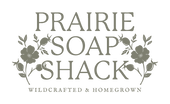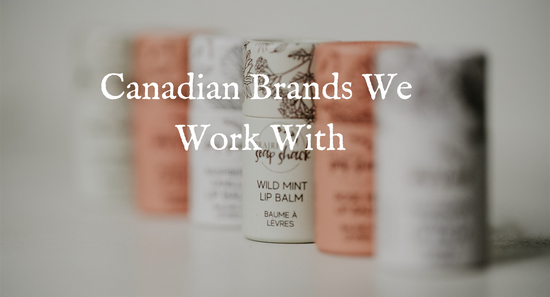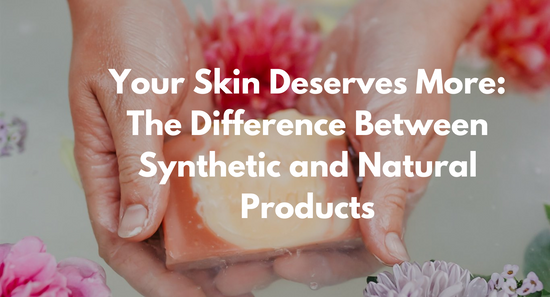
I’ve been planning a soap recipe for months using wild roses and rosehips so finally this week, it happened! When you wildcraft your ingredients, it does take a lot of planning in advance since you must wait for the right season and for drying. I picked the rose petals last week and allowed them to air dry on my counter and I picked the rosehips last fall. I dried them and used them for a Vitamin C packed tea but saved extra for this project.


The wild rose (Prickly rose, R.acicularis) is Alberta’s provincial flower and is very symbolic on the prairies. It’s always nice to notice the sweet, strong-floral scent of roses growing in the ditches or along bushes, but how many of you utilize them? I was surprised a few years ago to learn that just three rosehips contain as much Vitamin C as an orange. On ships, crew members would bring along rosehips to help prevent scurvy. During World War 2, when oranges could not be imported, British and Scandanavian people collected hundreds of tonnes of rosehips to make syrup. This was one of my first foraged plants that I incorporated into my lifestyle. So now, every fall, after the first frost, I will go pick rosehips, dry them and store them for tea over the winter when we have cold symptoms coming on. My young kids love to drink this with a touch of honey during our tea parties. The general rule of thumb when foraging, is to only take one third of whatever it is you’re picking since insects, birds & other animals depend on it. You can also use rosehips in jam, jelly, syrup and wine. My husband’s grandmother would make rosehip jam but I’ve yet to try it. Or you can use rosehips as a soap additive! Rosehips are rich in Vitamins A, B, C, E, & K and antioxidants. It made a beautiful natural colourant and gentle exfoliant in my recent soap.

So maybe you knew about rosehips, but how many of us have used the rose petals, leaves, roots, or young shoots? Rose petals are edible and can be added to salads, jellies, wines, deserts or candied. Maybe the next fresh garden salad you prepare, you could dress it up with some rose petals. I admit I haven’t tried the petals yet since I’ve been using my foraged amounts in soap and bath products! Rose petals are a classic skin soothing anti-inflammatory favourite for incorporating into natural beauty. I am planning on making myself an anti-wrinkle serum this week. I’ll infuse rose petals and yarrow into rosehip seed oil to make a facial serum.

So my ‘Wild Rose’ Soap is available to purchase. (Has since sold out till we are in wild rose season again!) It features wildcrafted wild roses & rosehips, pink rose clay for a gentle detox, and geranium essential oil. This is feminine finesse for a proud prairie woman.
I hope you enjoyed reading about our wild roses and let me know what successes, or failures, you’ve had with wild roses.






1 comment
What a fantastic article, thank you so much!
I am in the middle of planning for the foraging of wild rose blossoms / petals starting next week.
This will be my first time foraging anything in a large amount. I have a lot of forest to forage from so I can be sure not to over pick from the plants.
Do you use a basket to put them in when you are picking? Do you just remove the petals and leave the center for the hip to grow out of? Or do you cut the entire flower off the branch?
When is the best time to pick the blossoms; if you want to retain as much of the naturally occurring essential oils as possible? I expect that picking the petals should be done in the early morning, before it gets warm and they release the aroma. Would you agree?
I’m also wondering how best to store them after foraging. Laid out in a single layer to dry? Have you ever frozen them?